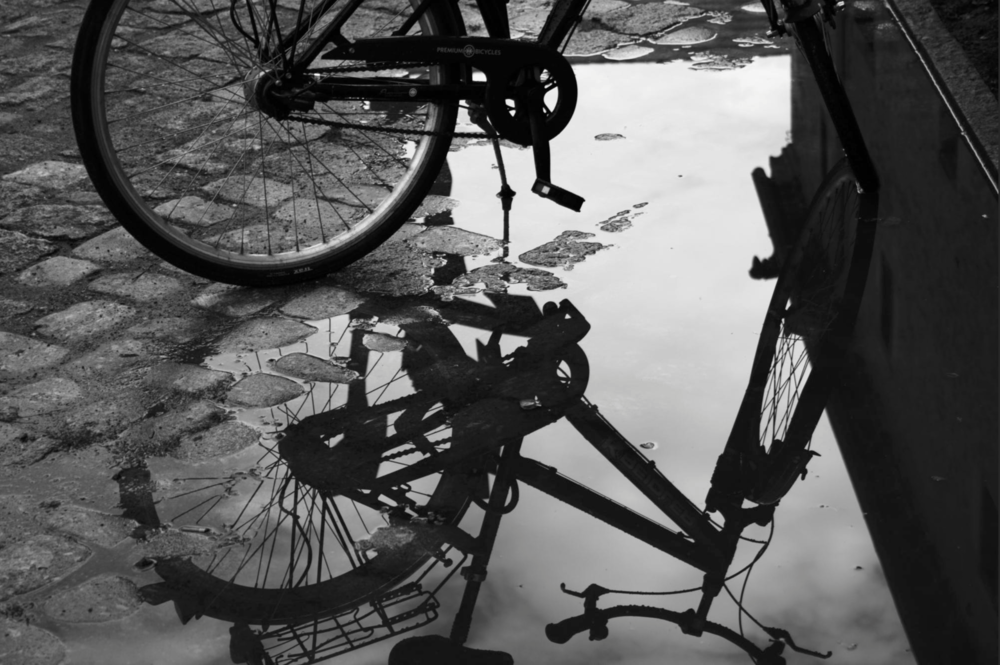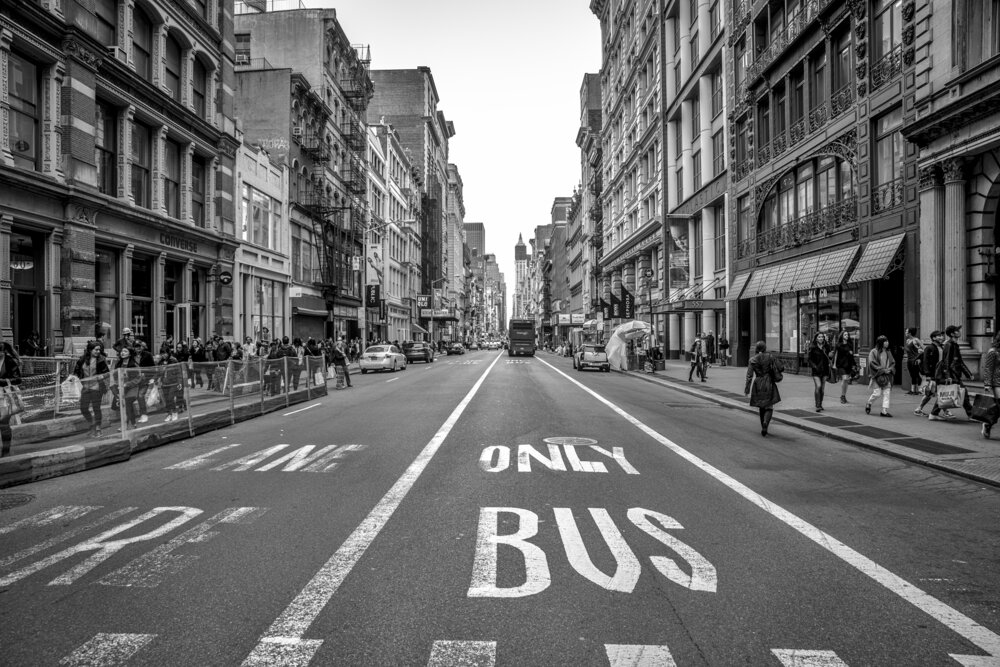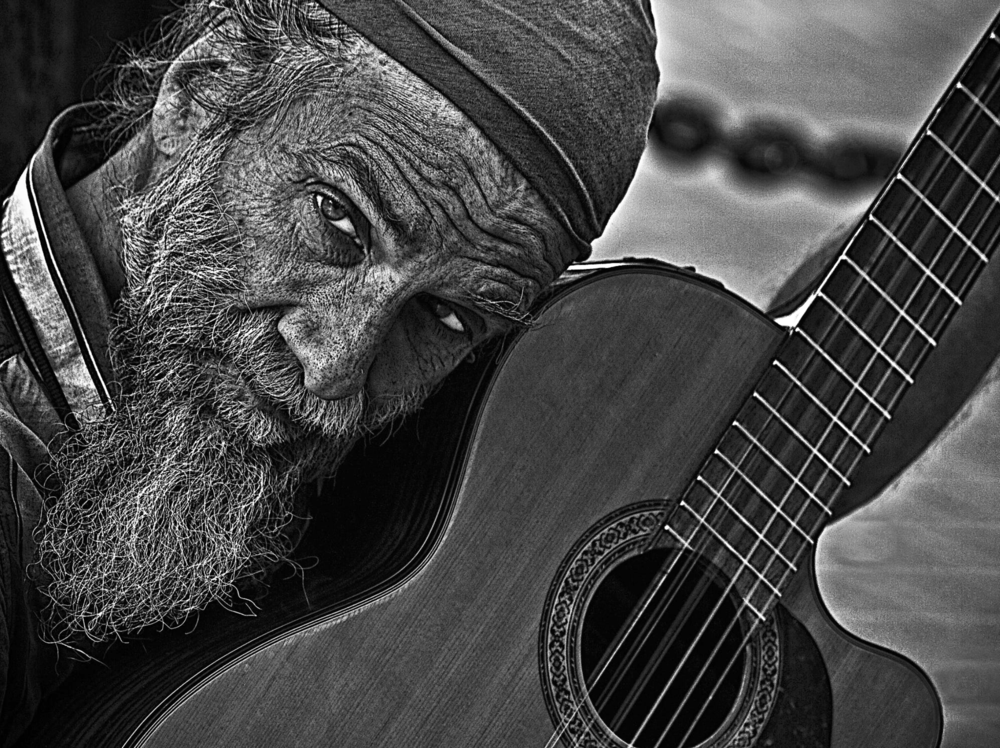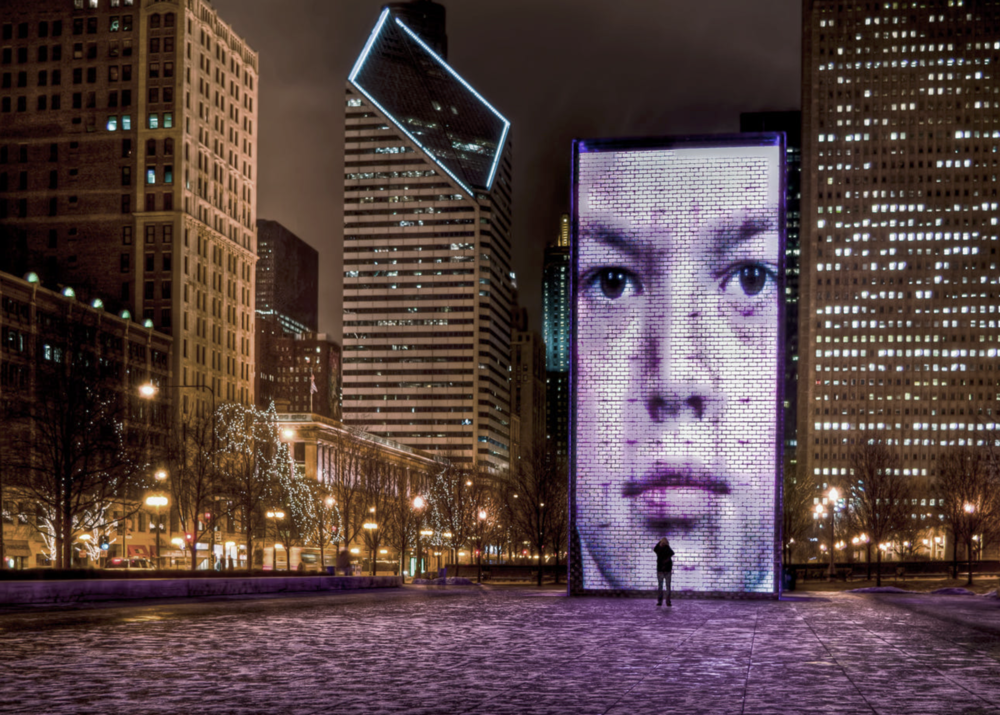
For nearly as long as we’ve had towns and cities, we’ve had artists who’ve tried to capture their energy. It’s a classic theme, but every urban area is different and every image is a unique moment. From the hustle of humanity to the architectural aesthetic, urban areas provide plenty of subject matter. To best capture the feel, big or small, consider the following elements:

Composition: Urban areas are often busy places, so careful attention to composition is key. Draw the viewer into the scene with a strong subject and look for ways to engage them in decisive moments. Leading lines are prevalent in cities, so use them to your advantage. All of the other compositional “rules” still apply too.
Emotion: What feelings do you have about the urban scene? Including the human element will help bring emotion into the image. Capturing people in their environment takes patience, so give your subjects time to relax in your presence and you’ll likely capture better images. Making eye contact will often tell us if our subject is comfortable with our presence, but it’s not always necessary to make our subjects aware of our presence.

Serendipity: The magic of urban photography is often in the unexpected. Look for contrasts, repetitions, juxtapositions, and unusual interactions.
Black and White vs Color: Compelling urban photography images are often presented in black and white. Monotone simplifies an often chaotic scene, letting the viewer’s eye follow shapes, lines, and emotions. It’s not the only way to photograph an urban area, though, and color can sometimes complement your subject.
Get out into your urban areas near your home over the next few weeks and show off your results on our Muench University Facebook page. Our pros will be waiting to offer helpful commentary, and we also encourage you to leave comments on each other’s images.

View Post on Original Blog
https://muenchworkshops.com/blog/assignment-14-urban-photography
